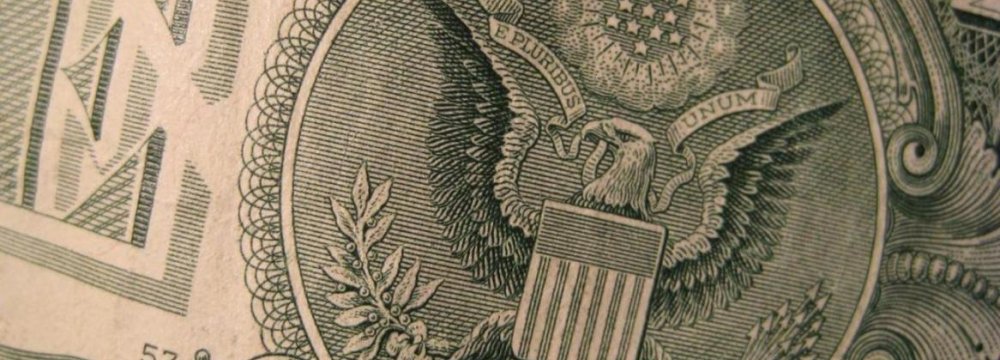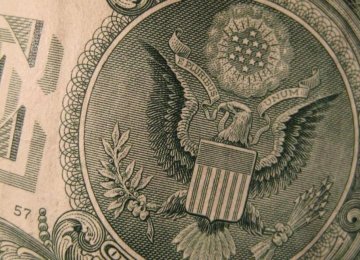The founder of Eghtesad Novin Bank, the first Iranian private bank, says the idea of unifying exchange rates by the end of next fiscal year is feasible.
Foreign exchange had a unified rate in Iran for a period of seven months in 1991 and also between the years 2003-2011. However, the changed situations of the economy also took its toll on the currency market; the rial lost 70 percent of its value against most major currencies in 2012, Eghtesad News reported, citing Mohammad Sadr-Hashemi.
The rial is currently traded at two rates with one being decided by the CBI and the other set in the bureaux de change market. The market rate is subject to fluctuations almost on a daily basis.
The Rouhani administration has been preparing in the past year to unify exchange rates.
“The fact that there is more than one rate for foreign exchange speaks of an unhealthy economy and that the economy has slid off track, this must be corrected as soon as possible,” Sadr Hashemi said.
Announcing unified exchange rates directly depends on the future of the economy, he said, adding that the future vision projects lower inflation and higher production. He argued that time is ripe now for the government to unify foreign exchange rates.
Sadr Hashemi stressed that the government should avoid manipulating the exchange rates; otherwise, the manipulation “would only backfire and the rial would collapse.”
He predicted that even if a nuclear deal is reached between Tehran and six world powers (P5+1) over Iran’s nuclear energy program, the rial will lose only seven percent of its value against the US dollar in the upcoming year, starting March 21.
He also rejected the reports that illegal currency dealers could disrupt the market. “The amount of trades conducted by illegal dealers is little, so they do not considerably affect the market.”
“The effect which they (the dealers) leave has more of a social nature, targets the public in a psychological manner,” he noted, adding that their activities, anyhow, must closely be monitored by officials.





